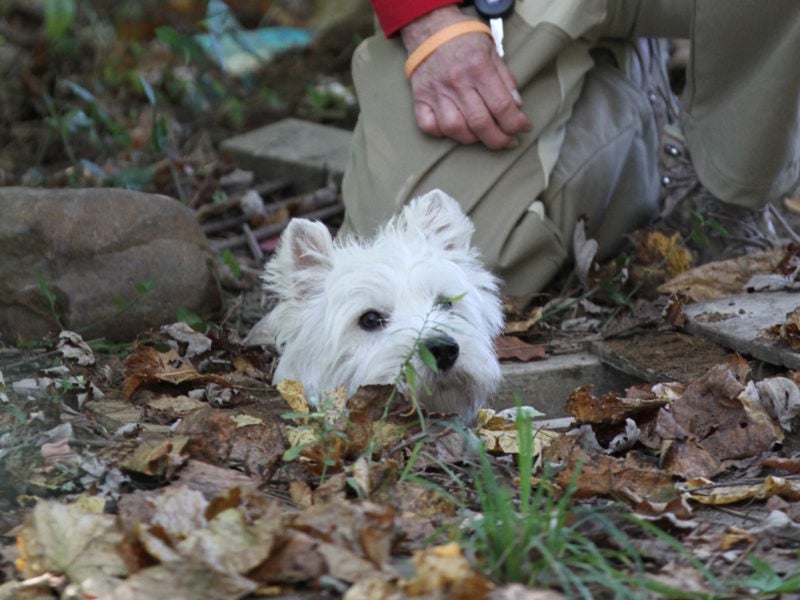
Among the marvels of human ingenuity is the way various breeds of dog were developed, mentally and physically, to tackle specific jobs. Consider the farmer’s eternal war against rodents and other burrowing mammals that devastate grain stores, raid henhouses, tear up fields, dig away riverbanks, and carry disease.
As their number-one weapon in subterranean warfare, our ancient ancestors bred a variety of terriers and Dachshunds. These “earthdogs” (terra is the Latin word for “earth”) were built small and flexible enough to pursue quarry into underground lairs, but with jaws and forequarters of sufficient strength to hold and dispatch a recalcitrant woodchuck, gopher, or badger. They had to be smart, independent workers (there’s no room down a rat hole for a handler), with keen eyes and a piercing, relentless bark that a handler waiting aboveground could use to determine their location. 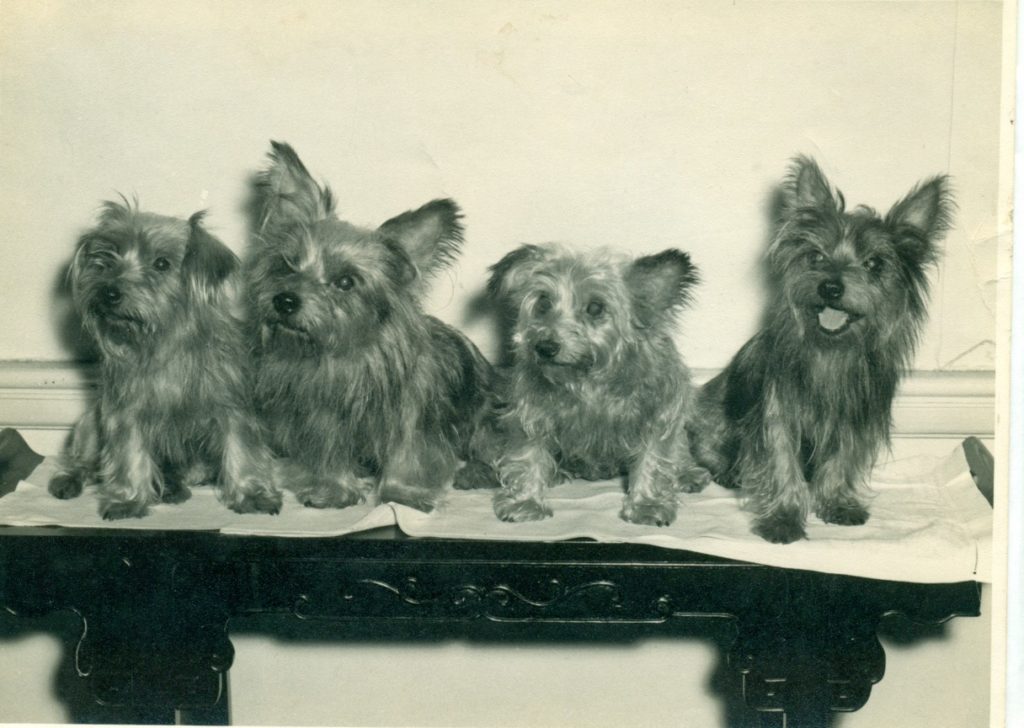
All breeds in the AKC Terrier Group, except the Miniature Schnauzer and Cesky Terrier, were developed in the British Isles or in former English colonies. The group is informally divided into three subgroups. Let’s take a look.
Short-legged terriers are often called “earthdogs.” They were built small and flexible enough to pursue quarry into underground lairs, but with jaws and forequarters of sufficient strength to hold and dispatch a recalcitrant rat. They had to be smart, independent workers (there’s no room for a handler down a rat hole), with keen eyes and a loud, relentless bark to mark their progress to the farmer waiting aboveground. Terrier coat type depends on the climate and terrain of their home turf. The terriers of Scotland, for instance, were bred for hard or wiry coats to protect them from the famously harsh conditions of the Highlands.
Above all, a certain spirit was demanded, a devil-may-care fearlessness that has made the word terrier synonymous with feisty persistence. Many of the most popular terriers with pet owners are short-legged—the Westie, Cairn, and Norwich among them.
Long-legged terriers are also exterminators, but they approach their dirty work differently. Instead of squeezing into a hole or den in search of quarry, they’re diggers—they stay aboveground and dig down to their prey. They have straight legs with feet pointing directly forward. When they dig, they throw the earth back under the body and through their spread rear legs. Contrast that with their short-legged cousins, who, having bodies built close to the ground, throw earth to the side and so have feet that toe out.
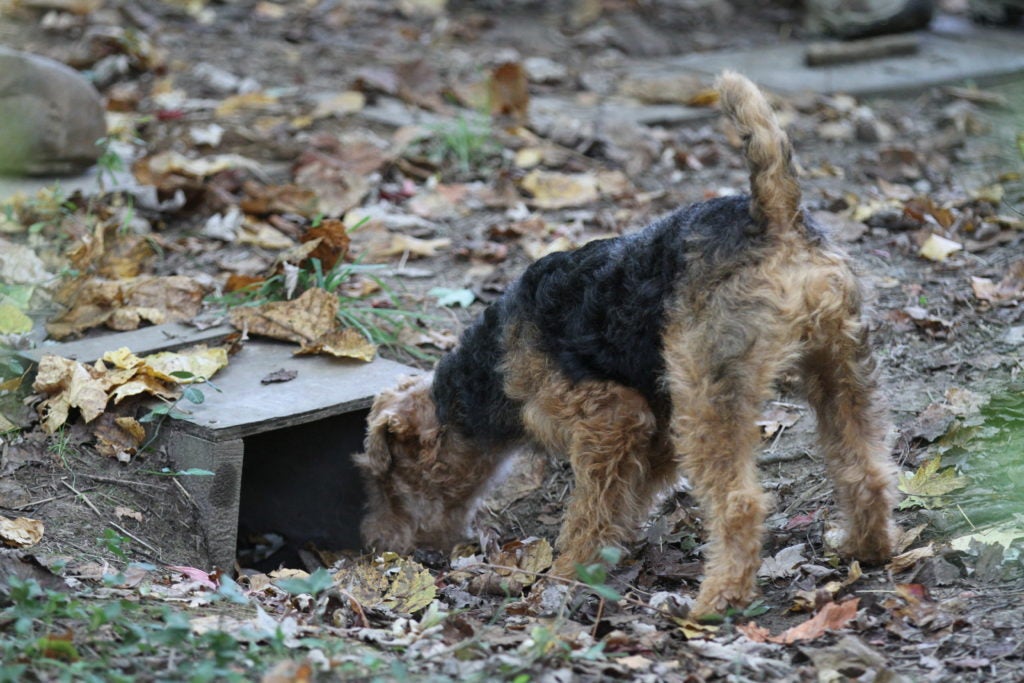
The leggy terriers, being larger and rangier than the short-legged, could work on bigger quarry, like badgers and foxes. Their size also made them more versatile: On old-time farms long-legged terriers were all-purpose workers. When not making the world safe from pests, such breeds as the Airedale and Kerry Blue Terriers were expected to fill downtime with herding, guarding, retrieving, or other chores. Frugal farmers liked having one do-it-all dog instead of a team of specialists to feed.
Bull-type terriers are the product of the 18th and 19th centuries when breeds were created to excel in blood sports. They were expected to fight one another, or used in packs against a staked bear or bull, or turned loose to do as much killing as possible in a pit seething with rats, as bettors put money on the outcome. Breeders made various Bulldog-terrier crosses to create fighters with the strength and punishing jaws of Bulldogs and the peppery spirit and quickness of terriers.
Revolting pastimes like pit fighting have long since been outlawed, but the bullies retain physical traits that made them formidable gladiators: Large heads, well-developed cheeks and jaws, and stocky, muscular bodies. Today’s responsible AKC breeders strive to produce bullies that have the confidence and courage the breeds are famous for, while also breeding for the sweet, stable temperament demanded in a modern companion dog.
There are several breeds outside the Terrier Group that do terrier-type work. A close friend of the family is the Dachshund (“badger dog”), the only hound breed eligible to compete in AKC Earthdog. Other German breeds, from the prancing Miniature Pinscher to the rugged Standard Schnauzer, began as ratters. We can include as honorary terriers the Schipperke and Chinese Crested, who once specialized as shipboard rat catchers. And toy terriers—like the ever-popular Yorkie—were conceived as lapdogs but, in a pinch, can summon enough true-terrier grit to corner a mouse behind the washing machine.
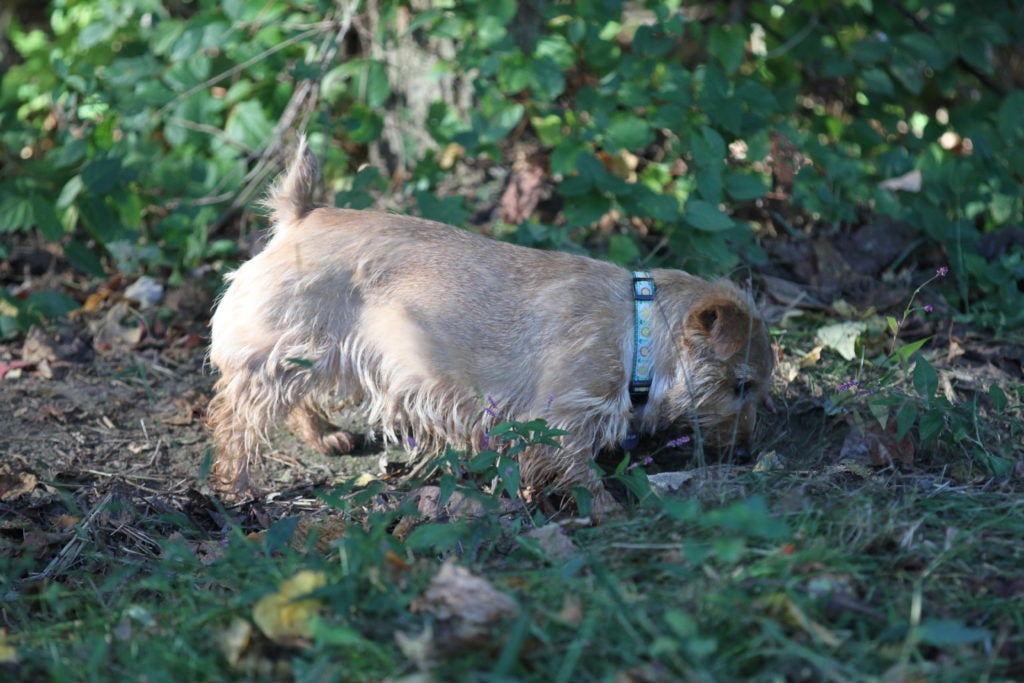
Terriers Today
A Bull Terrier doesn’t look like a Dandie Dinmont, and neither can be mistaken for an Airedale. But we can make general assumptions about most Terrier Group breeds. Created to do dangerous work alone, with no direction from a human handler, terriers are independent, a bit stubborn, and courageous and enthusiastic to the point of recklessness (“terrier fire,” it’s called). They can be barky and enjoy digging, and are liable to bolt after quick-moving critters at the drop of a cat. Though few terriers these days are expected to go mano a mano with sharp-toothed rodents, good specimens retain the mental and physical qualities to do the job. (AKC Earthdog is a titling sport where a short-legged terrier’s instinct for subterranean warfare can be channeled in a way that’s safe for both dog and rat.)
Terrier instincts can be problematic to owners who don’t understand that generations of breeding demand such behavior. The good news: Even the fieriest terriers can be trained and socialized to be good neighbors and dependable pets. All it takes is time, patience, and an understanding of what motivates these zesty dirt devils. And having a sense of humor won’t hurt.
AKC Terrier Group
Long-legged: Airedale Terrier, American Hairless Terrier, Bedlington Terrier, Border Terrier, Parson Russell Terrier, Irish Terrier, Kerry Blue Terrier, Lakeland Terrier, Manchester Terrier, Miniature Schnauzer, Rat Terrier, Russell Terrier, Smooth Fox Terrier, Soft Coated Wheaten Terrier, Welsh Terrier, Wire Fox Terrier.
Short-legged: Australian Terrier, Cairn Terrier, Cesky Terrier, Dandie Dinmont Terrier, Glen of Imaal Terrier, Norfolk Terrier, Norwich Terrier, Scottish Terrier, Sealyham Terrier, Skye Terrier, West Highland White Terrier.
Bull-type: American Staffordshire Terrier, Bull Terrier, Miniature Bull Terrier, Staffordshire Bull Terrier.
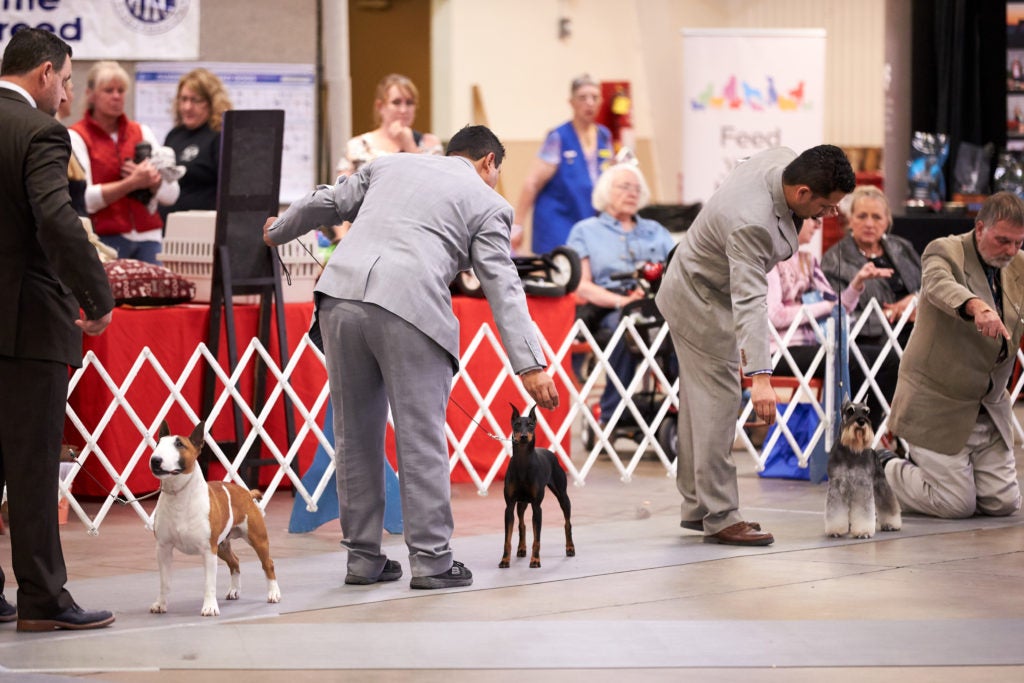
You can see the Terrier Group in action at the Great Western Terrier Association Dog Shows in Pomona, California, on Friday, March 1. The event will be streamed on AKC.TV online on any device or by downloading the AKC.TV app on Roku, Apple TV, or AmazonFireTV.

